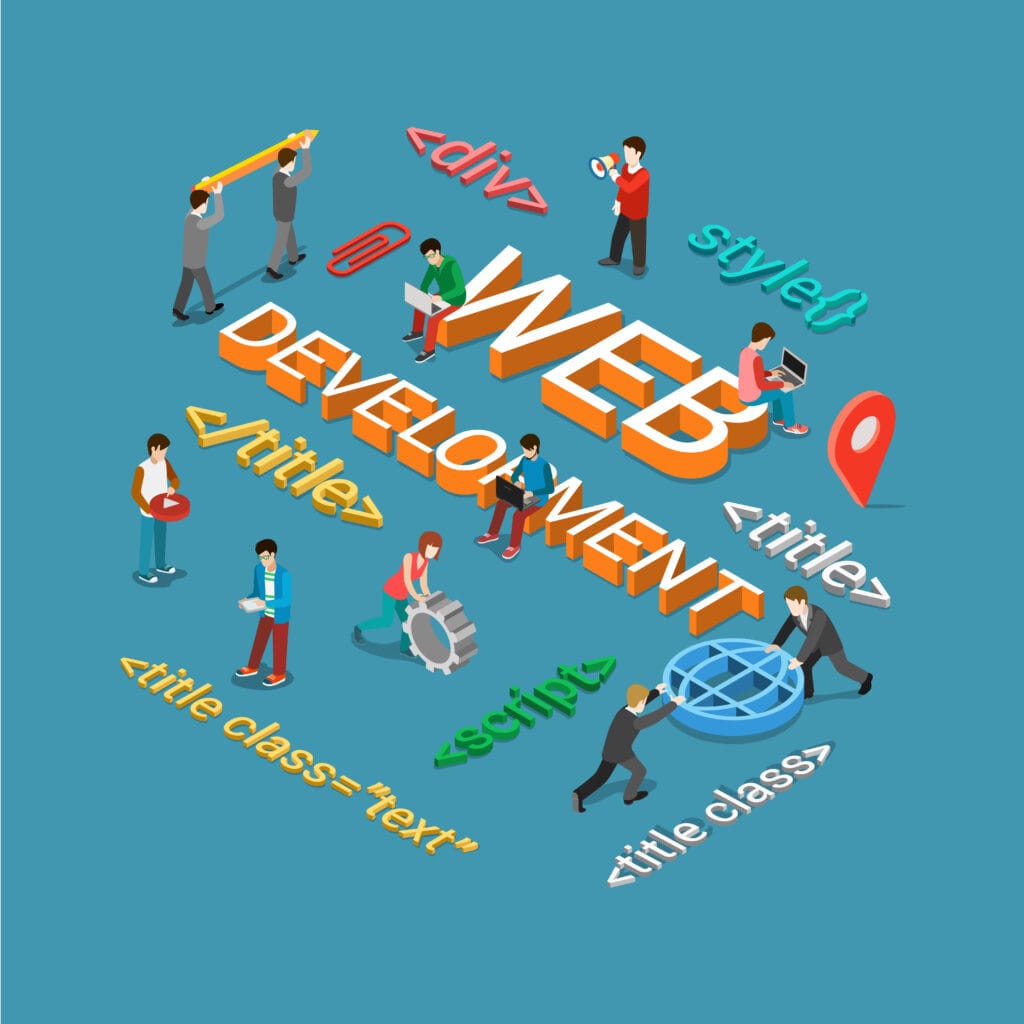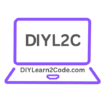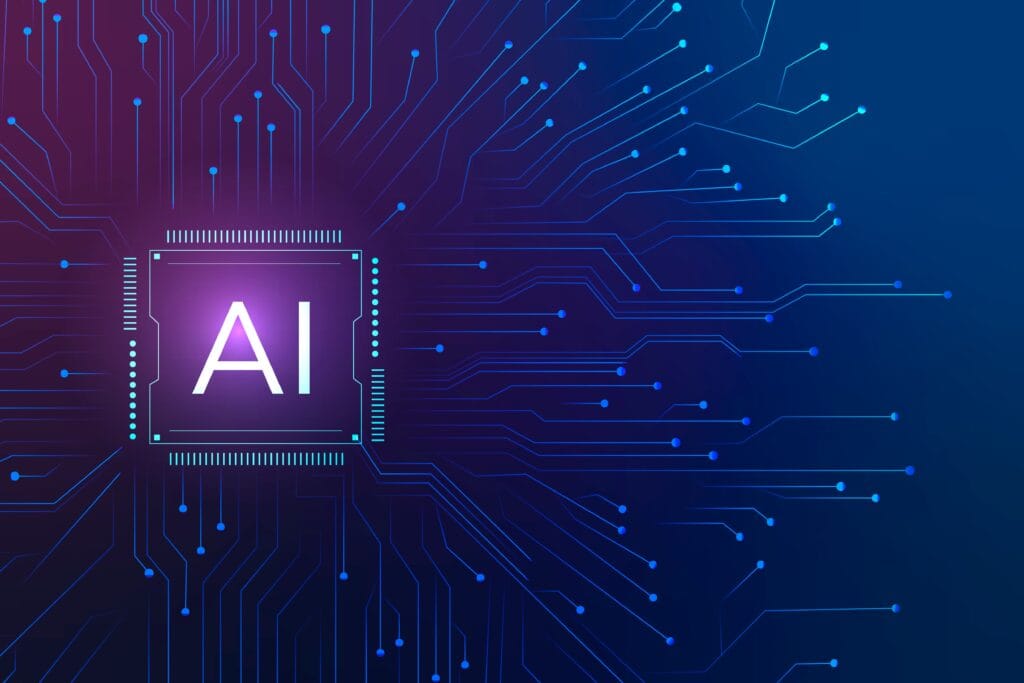Introduction: The Web Evolution for DIY Developers
The web of 2025 doesn’t just connect pages—it connects people, devices, and intelligence. Websites are now smarter, faster, and more adaptive than ever before, driven by technologies like artificial intelligence (AI), web automation, low-code platforms, and immersive interfaces. For self-learners and DIY developers, understanding web development trends in 2025 isn’t just helpful—it’s crucial for staying relevant and competitive in this fast-moving digital landscape.
Whether you’re experimenting at home, building freelance projects, or starting a side hustle, this guide explores what’s shaping the web this year and how you can apply those innovations with hands-on DIY learning.
- Introduction: The Web Evolution for DIY Developers
- 1. AI and Automation Powering Smarter Websites
- 2. Rise of Low-Code and No-Code Platforms
- 3. Progressive Web Apps (PWAs): The Next Step in Mobile-Friendly Design
- 4. Headless CMS and API-First Development
- 5. WebAssembly (Wasm) Taking Performance Further
- 6. The Human-Centered Web: UX, Accessibility, and Ethics
- 7. Integration of 3D, AR, and VR: Immersive Web Experiences
- 8. Cybersecurity and Privacy-Driven Design
- 9. Sustainable and Green Web Development
- 10. The Future of DIY Web Development: Learning Never Stops
- How DIY Learners Can Stay Ahead in 2025
- Conclusion: The DIY Future of Web 2025
1. AI and Automation Powering Smarter Websites
Artificial Intelligence is no longer optional; it’s at the heart of modern web development. AI enhances automation, personalization, and interactivity across websites. Today’s developers rely on AI tools such as GitHub Copilot, Tabnine, and Claude Code for intelligent code generation and debugging.
AI-driven websites now:
- Adapt layouts automatically based on user behavior.
- Use predictive analytics to tailor user journeys.
- Employ chatbots powered by large language models for 24/7 support.
- Generate dynamic, personalized content based on visitor preferences.
DIY Tip: You can start experimenting with AI-driven web design by integrating APIs from OpenAI or Gemini into basic web projects. Try creating a chatbot for your portfolio website—an excellent hands-on learning exercise that showcases both your web and AI skills.

2. Rise of Low-Code and No-Code Platforms
The DIY revolution in 2025 is fueled by low-code and no-code web development tools. Platforms like Webflow, Bubble, and Appy Pie empower creators to design feature-rich websites visually, drastically reducing the time from concept to deployment.
Yet, while these tools lower the entry barrier, having foundational coding skills in HTML, CSS, and JavaScript helps you extend functionality beyond built-in templates.
Why DIY Learners Should Care:
Low-code tools don’t replace developers; they empower them. By learning integration, scripting, and API usage, DIY learners can customize their no-code projects into powerful dynamic web apps.
3. Progressive Web Apps (PWAs): The Next Step in Mobile-Friendly Design
Progressive Web Apps continue to dominate in 2025 by offering app-like experiences without needing to publish to app stores. PWAs are fast, installable, and work offline—ideal for DIY learners wanting to build scalable projects without mobile app complexity.
How to Learn PWAs Yourself:
- Use service workers to enable offline caching.
- Add a manifest.json file for custom icons.
- Practice converting a basic portfolio site into a PWA.
DIY Resource: Refer to Mozilla Developer Network (MDN) for hands-on tutorials.
4. Headless CMS and API-First Development
Separation between web content and its presentation dominates modern architecture. Headless CMS platforms like Strapi, Sanity, and Contentful allow developers to manage content centrally and distribute it through APIs to multiple platforms.
Why It Matters in 2025:
For DIY developers, this approach provides flexibility—write content once, reuse everywhere (websites, apps, smart devices).
Set up a free Strapi project and connect it to your React or Next.js frontend for practice.
5. WebAssembly (Wasm) Taking Performance Further
One major challenge for web-based applications has always been performance. WebAssembly (Wasm) changes that. It allows developers to run languages like Python, C++, or Rust within the browser for high-performance tasks like 3D rendering or simulations.
DIY Use Case:
Imagine embedding a Python automation mini-app or a simulation directly on your site using Wasm—bridging your automation and web dev skills together.
Tools to Explore:
- Pyodide (Python in the browser using WebAssembly)
- Wasmer (Sandboxed environments for running Wasm modules)
6. The Human-Centered Web: UX, Accessibility, and Ethics
In 2025, inclusivity and ethical considerations in design matter more than ever. Beyond WCAG guidelines, web developers now aim for ethical UX—ensuring digital spaces are accessible, sustainable, and data transparent.
DIY Learning Approach:
- Use Chrome DevTools Accessibility Audit.
- Try Wave (a free accessibility checker).
- Optimize your site’s color contrast and keyboard navigation.
7. Integration of 3D, AR, and VR: Immersive Web Experiences
The future of web design lies in experience-first interactivity. With tools like Three.js, A-Frame, and WebXR, even independent creators can use 3D and AR/VR for educational content, ecommerce previews, or interactive learning hubs.
DIY Project Idea:
Create an AR-based product showcase that users can explore in 3D—an excellent way to combine creativity with cutting-edge tech.
for more details follow this link Link for “Three.js” to its —official documentation
8. Cybersecurity and Privacy-Driven Design
As privacy regulations tighten globally, websites must integrate strong security from ground zero. Trends like Zero Trust Architecture, passwordless authentication, and token-based APIs are setting new standards.
For DIY Developers:
Start integrating SSL certificates early and learn about tools like Let’s Encrypt and OWASP ZAP (Zed Attack Proxy) to test your website’s security.
9. Sustainable and Green Web Development
With growing environmental consciousness, sustainable web development—also known as green coding—is becoming a core 2025 trend. Websites designed efficiently reduce bandwidth, energy use, and server strain.
DIY Strategy:
- Use static site generators like Hugo or Jekyll.
- Compress media and serve images via WebP format.
- Minify CSS and scripts using build tools like Gulp or Webpack.
Not only does this save resources but it also improves your Core Web Vitals, which Google prioritizes in SEO ranking.
10. The Future of DIY Web Development: Learning Never Stops
The biggest shift in 2025 isn’t technology—it’s mindset. Continuous learning fuels modern development. The most successful DIY developers treat each project as an evolving lab of creativity.
Trendy Skills to Master:
- Next.js 15, Astro, or SvelteKit for lightweight modern frameworks.
- Python-based backends using FastAPI or Flask.
- MLOps for web—embedding intelligent components directly into websites.
- Cloud integration using platforms like AWS Amplify, Vercel, and Netlify.
Resource Links for Continued Learning:
- Python.org – official resources for Python developers.
- MDN Web Docs – for all web standards and APIs.
- GitHub Copilot – explore AI-assisted coding.
- Automate the Boring Stuff – perfect for Python DIY automation linkage.
for more details also refer our previous blog Click here
How DIY Learners Can Stay Ahead in 2025
- Build small, scalable projects: Start with a personal website and slowly add AI, automation, or interactive components.
- Share open-source projects: Contributing to GitHub projects accelerates learning and visibility.
- Follow web communities: Stay active on Reddit’s r/webdev, Dev.to, or Hashnode.
- Focus on soft skills: Communication, problem-solving, and adaptability are still top developer strengths.
- Experiment weekly: Every new feature you see online can become a personal mini-project to reverse engineer.
Conclusion: The DIY Future of Web 2025
The future of web development in 2025 combines creativity, automation, ethics, and continuous improvement. For DIY learners, this is a golden era to build, experiment, and innovate freely using tools that were once reserved for advanced developers.
Whether leveraging AI features, exploring AR experiences, or integrating headless CMS setups, self-taught developers now have the power to shape the web for the next decade.
By staying current on trends, embracing AI and automation, and following sustainable practices, you’re not just learning web development—you’re helping define its future.


